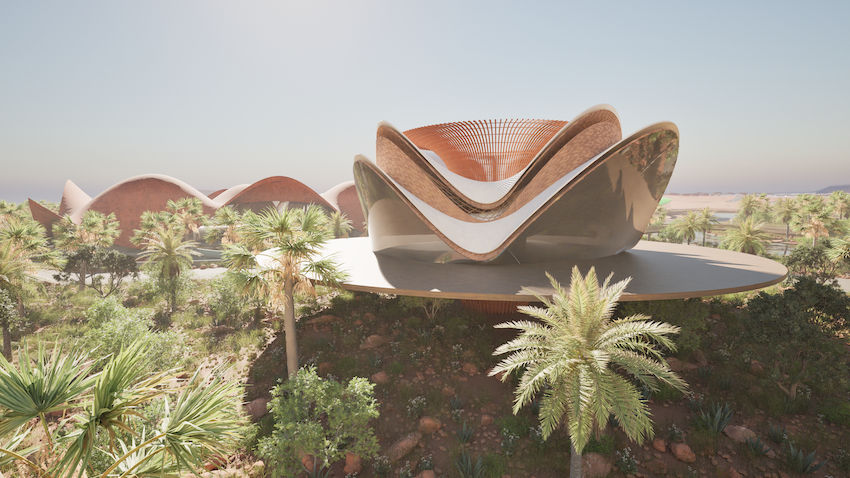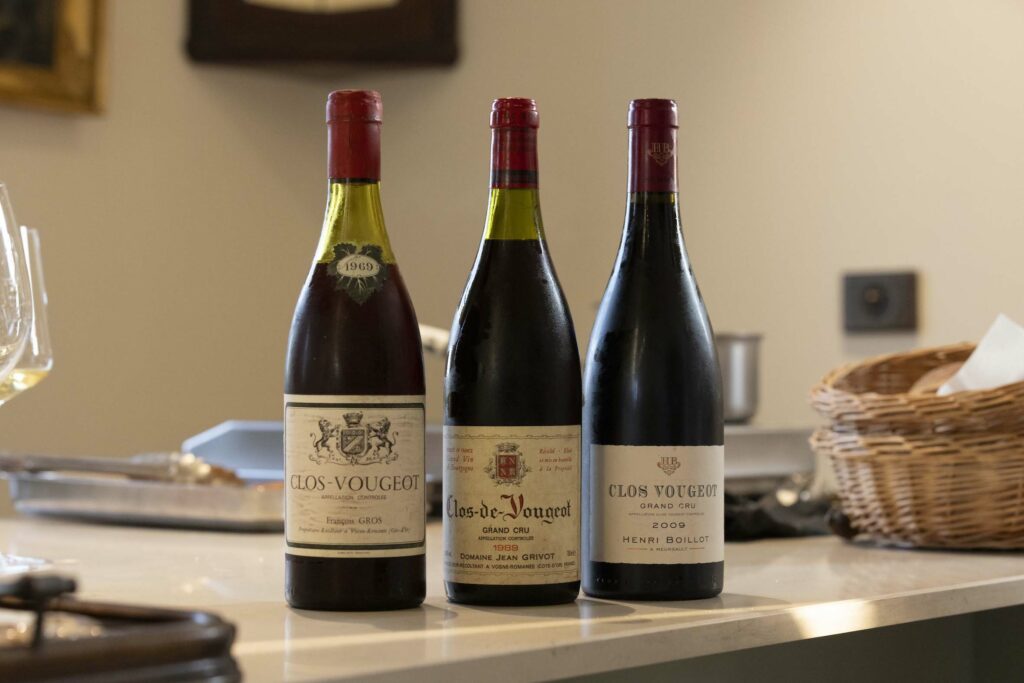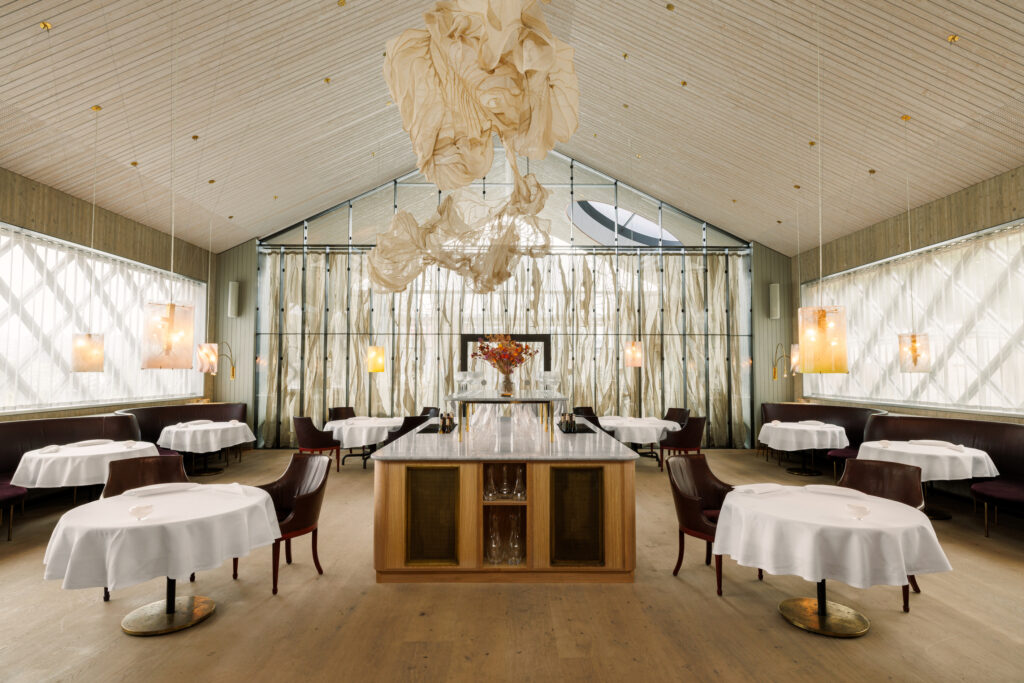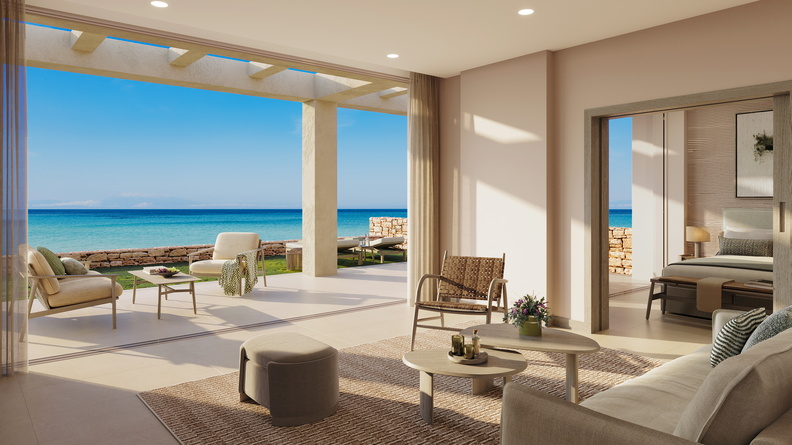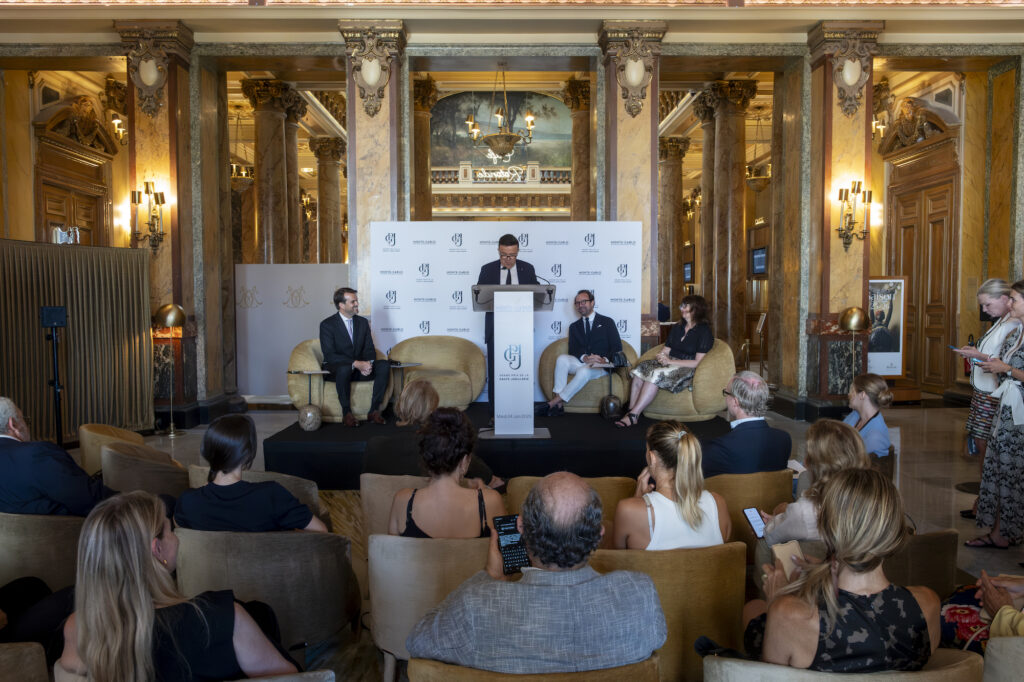As we move into a new era of property development, it’s becoming clear that the traditional markers of luxury—extravagance, exclusivity, and material excess—no longer resonate with the changing priorities of our world. Luxury is no longer just about having more; it’s about living better. It’s about purpose, connection, and transformation. This is what I call post-luxury—a shift that prioritises human potential, sustainability, and well-being over indulgence and excess.
Post-luxury is more than a design philosophy; it’s a response to the profound shifts in how we live and what we value. People today are searching for spaces that enrich their lives, foster personal growth, and align with their values. In property development, this means moving away from purely aesthetic opulence and focusing on environments that are intelligent, adaptable, and deeply connected to their inhabitants. True luxury is about creating spaces that feel alive—where every element has a purpose and contributes to the well-being of those who live, work, or gather within them.
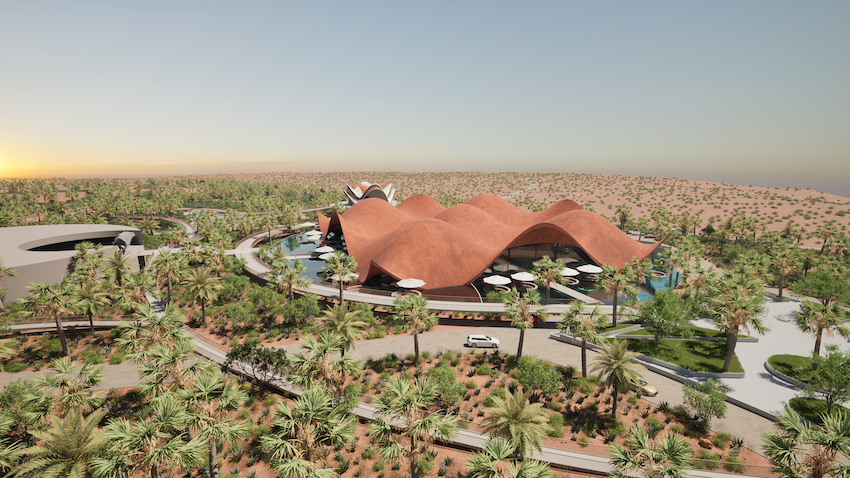
My company, Sunoom, is a design, architecture, and consultant development company. We create spaces that transform destinations through mindful architecture. For me, architecture and design are tools to improve the human experience and the world around us. Our projects aim to foster transformation by integrating modern technology with principles rooted in ancient wisdom, such as Vastu, Feng Shui, and biophilic design. These timeless principles, when adapted with modern science, create environments that promote harmony, health, and balance. By incorporating elements like circadian lighting systems, UV-enhancing glass for health, and regenerative landscaping, we create spaces that support the rhythms of life, both natural and human.
Post-luxury also challenges how we think about sustainability. It’s not enough to minimise harm—we must actively improve the environments we inhabit. This idea of regenerative sustainability drives every project we undertake. Whether it’s designing self-sustaining gardens, integrating water recycling systems, or creating carbon-positive architecture, the goal is to leave a place better than we found it.
Equally important is the way we use technology. In many ways, modern advancements allow us to realise what ancient architects and builders understood instinctively: that spaces can heal, inspire, and elevate. From AI-driven diagnostics in wellness spaces to sonic soundscapes that promote mindfulness, technology can enhance the human experience when used thoughtfully and sparingly.
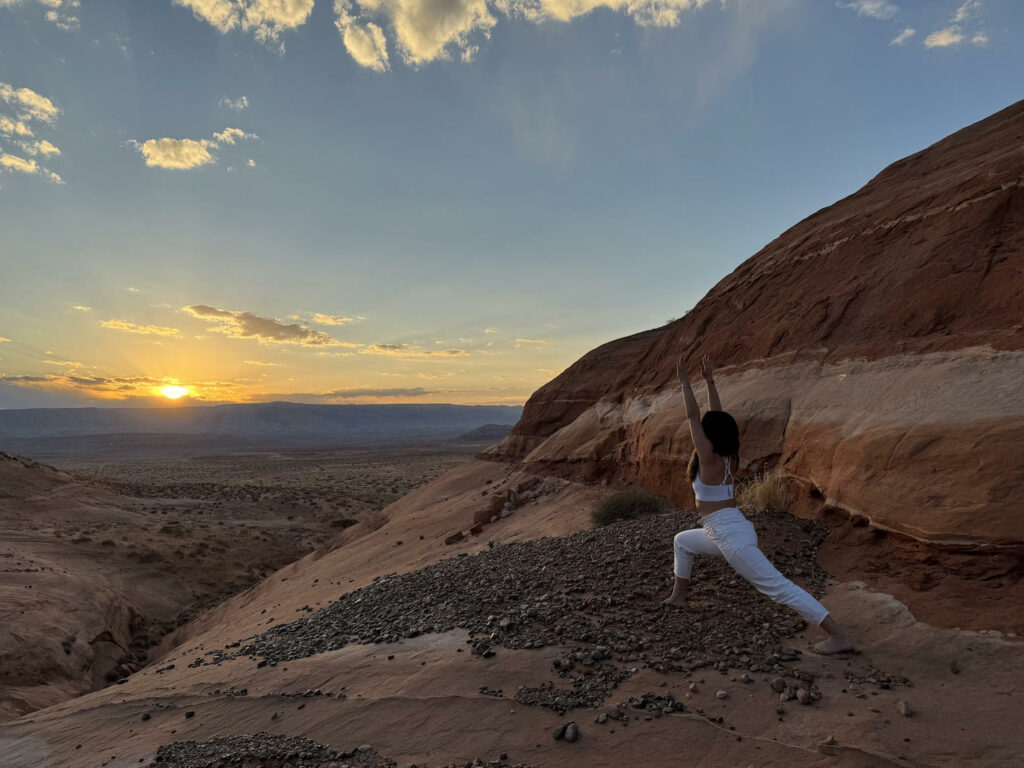
One of the most meaningful aspects of this work is the opportunity to educate. I have always been fascinated by the principles of ancient design, but I am equally committed to testing and adapting them to our contemporary world. This blend of tradition and innovation is what makes post-luxury so compelling—it’s rooted in wisdom, but it looks forward, not backward.
As developers and designers, I believe we have a responsibility to rethink the role of spaces in our lives. Homes, hotels, and wellness centres shouldn’t just be functional or beautiful—they should transform us. They should help us connect with nature, with each other, and with ourselves. Post-luxury is not about what we can accumulate but about how we can evolve through the spaces we inhabit.
The future of property development lies in this balance between purpose and beauty, between technology and tradition. As we continue to navigate this transformation, I remain inspired by the possibilities of creating spaces that don’t just serve us but elevate us. True luxury, I believe, is not about what we own—it’s about who we become.

